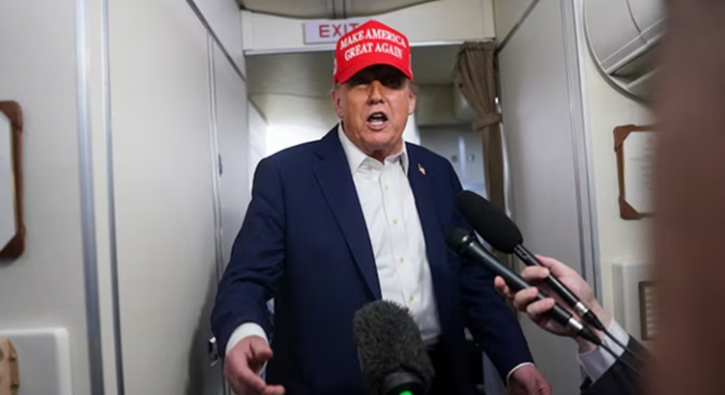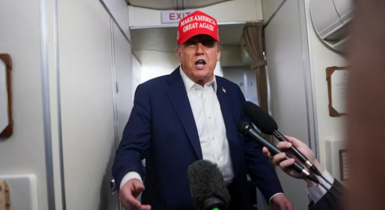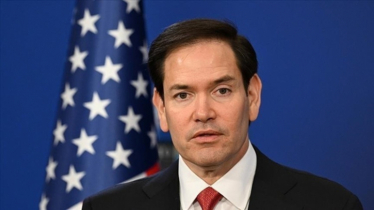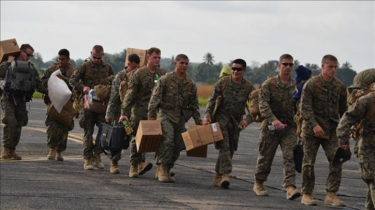Tariff Letters to 12 Nations Will Be Issued Monday

Published : 19:42, 5 July 2025
U.S. President Donald Trump announced that formal tariff notifications have been prepared for 12 countries and will be dispatched on Monday. These communications outline newly determined tariff structures as part of an evolving trade strategy that favors unilateral action over prolonged negotiations. The move reflects growing frustration within the White House over stalled trade talks with key global partners.
During remarks made aboard Air Force One en route to New Jersey on July 4, President Trump disclosed that he had signed a series of letters detailing individualized tariff rates that will apply to goods imported into the United States from 12 different countries. These letters, described by the President as "take it or leave it" offers, will be officially sent on Monday.
While President Trump did not disclose the recipient countries, he indicated that the full list would be made public in tandem with the letters’ release.
This development occurs against the backdrop of a broader global trade conflict that has disrupted financial markets and prompted governments to reassess their economic defenses. In April 2025, President Trump unveiled a revised tariff regime that included a 10% base rate, with supplemental tariffs potentially reaching 50% for certain nations. However, implementation of all but the base rate was suspended for 90 days to allow for negotiation.
That grace period expires on July 9. Trump has since suggested that tariffs could be raised even further—possibly up to 70%—with most of the new rates expected to take effect by August 1.
Strategic Shift in U.S. Trade Policy:
President Trump and his senior advisors initially advocated for a broad multilateral approach to negotiate new tariff frameworks. However, after repeated failures to reach agreement with major trading partners such as the European Union, Japan, and India, the administration has pivoted to a more assertive, unilateral model.
"The letters are better … much easier to send a letter," Trump remarked, indicating a preference for direct imposition over extended dialogue.
This marks a significant shift in trade diplomacy, highlighting the administration's impatience with traditional, drawn-out negotiation processes. Comprehensive trade deals historically require years of bilateral or multilateral discussion to finalize. In contrast, the current administration is pursuing outcomes within months.
Status of Trade Negotiations:
As of early July, the United Kingdom and Vietnam are the only nations to have secured formal trade arrangements under the new U.S. framework:
United Kingdom: Reached a deal in May to retain the 10% base tariff while securing preferential terms for specific sectors, including the automotive and aerospace industries.
Vietnam: Agreed to a tariff reduction from 46% to 20% on a wide range of exports, with reciprocal concessions allowing U.S. goods duty-free access to Vietnamese markets.
Trade negotiations with India have stalled, and EU officials confirmed on Friday that no breakthrough has been achieved. European negotiators are now seeking to maintain current trade conditions in hopes of forestalling punitive tariff increases.
The issuance of tariff letters to 12 countries marks a decisive moment in U.S. trade policy under President Trump. By substituting negotiation with pre-defined offers, the administration aims to accelerate trade outcomes while increasing leverage over foreign partners. The move, however, raises concerns about retaliatory measures and further instability in global markets.

.png)
.png)







